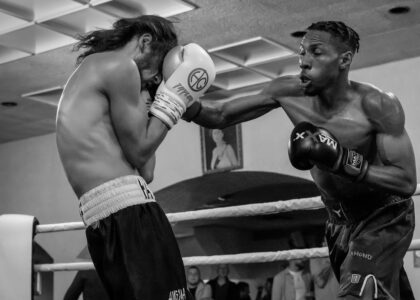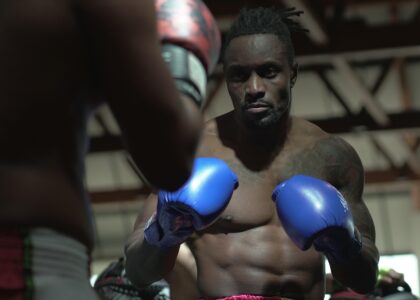When it comes to iconic punches in boxing, few are as explosive and visually dramatic as the uppercut. Often responsible for some of the most memorable knockouts in the sport’s history, the uppercut is a punch that combines power, timing, and precision. Despite its devastating potential, it remains one of the most underutilized weapons in a boxer’s arsenal. In this post, we’ll break down what makes the uppercut special, how to throw it effectively, and why every boxer—from beginner to pro—should master it.
What Is an Uppercut?
An uppercut is a vertical punch that rises from the waist toward the opponent’s chin. It’s typically thrown at close range, making it perfect for inside fighting. There are two main types: the left uppercut (thrown with the lead hand) and the right uppercut (thrown with the rear hand). Both can be lethal when timed correctly, especially against an opponent who leans forward or leaves their chin unguarded.
Why the Uppercut Is So Effective
-
Surprise Element: Many boxers focus on jabs and hooks, making the uppercut less expected.
-
Power from the Legs: The punch draws much of its power from a rising motion, using the legs and hips for explosive force.
-
Ideal in Close Quarters: When fighters are toe-to-toe, the uppercut can slip through tight defenses and deliver damage from underneath.
-
Targets the Chin and Body: While commonly aimed at the chin, uppercuts to the body (especially the solar plexus or liver) can sap an opponent’s energy quickly.
How to Throw a Proper Uppercut
Step-by-step basics:
-
Start from your boxing stance: Knees slightly bent, hands up.
-
Bend your knees more and dip your shoulder slightly toward the punching hand.
-
Rotate your hips and shoulders upward as you drive the punch from your foot through your legs, hips, and torso.
-
Keep your elbow in and let your fist travel vertically toward the target.
-
Snap the punch and return to your guard quickly to avoid counters.
Common Mistakes to Avoid
-
Overcommitting: Don’t wind up or drop your hand too low—it makes you vulnerable.
-
Telegraphing: A good opponent will see it coming if your movement is exaggerated.
-
Poor balance: Throwing an uppercut without a solid base can leave you off-balance and open.
Famous Uppercuts in Boxing History
-
Mike Tyson vs. Buster Mathis Jr.: A textbook example of a rear uppercut ending a fight with devastating power.
-
George Foreman vs. Gerry Cooney: Foreman’s short uppercuts from close range showed how compact the punch can be while still packing enormous force.
-
Anthony Joshua vs. Wladimir Klitschko: Joshua’s uppercut in the 11th round was the beginning of the end for Klitschko in their 2017 classic.
Training the Uppercut
To improve your uppercut:
-
Use the heavy bag: Focus on short, explosive movements.
-
Practice on the uppercut bag: These are specifically shaped to simulate the angle and height of an opponent’s head.
-
Drill with a partner using focus mitts: Helps develop accuracy and timing.
-
Shadowbox: Work on form, balance, and muscle memory.
Conclusion
The uppercut is a game-changing punch that every boxer should develop. It’s not just about power—it’s about timing, technique, and opportunity. Whether you’re a beginner or an experienced fighter, integrating the uppercut into your skill set can give you an edge in the ring. Remember: like all great punches, it’s not just how hard you hit—it’s how smart you throw it.







